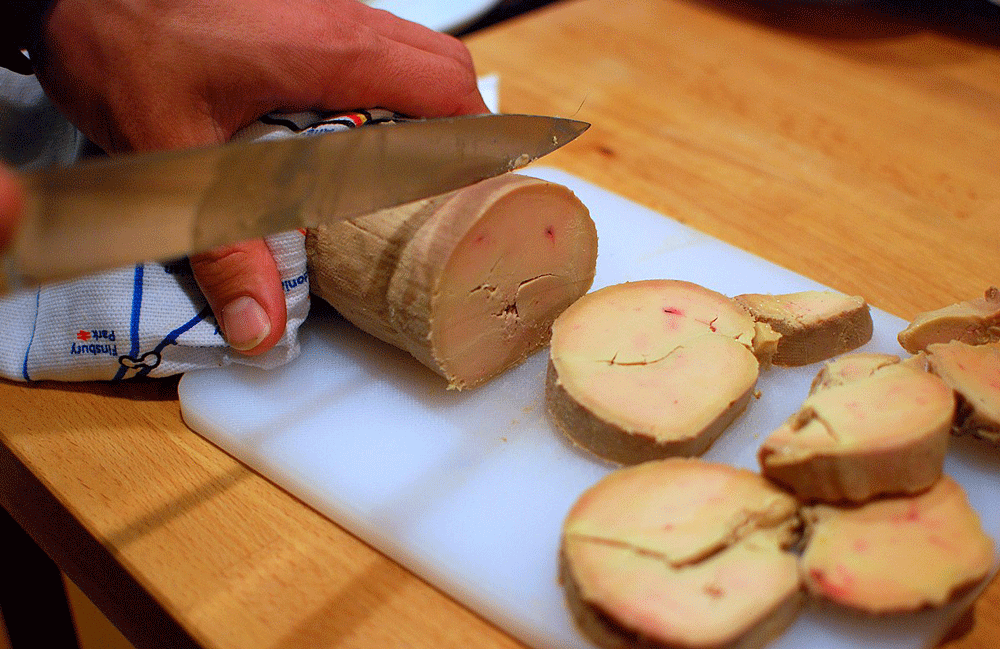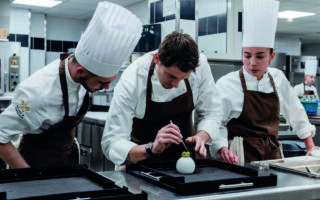
Foie gras is expected to be in short supply this Christmas
First the drought dried up the mountain pastures and halted production of Salers cheese. Then a grain shortage on the back of the Ukrainian war and a drought in Canada scuppered supplies of Dijon mustard. And now foie gras has come a cropper, with the French blaming avian flu and rising production costs for a predicted shortage this Christmas.
Aficionados have been reassured there will be some available for the Christmas period, when it is traditionally served, but have been warned that quantities will be rather more limited than normal, possibly down as much as 40 per cent. And the lower supply coupled with higher production costs, thanks mainly to rising cereal and energy prices, means this already pricey delicacy is going to cost even more.
According to industry body CIFOG (Comité Interprofessionnel des Palmipèdes à Foie Gras), the cost of producing a foie gras duck has increased by 28 per cent since the first half of 2020. France, the leading producer and consumer of foie gras, usually raises about 30m foie gras ducks a year, a number which fell to 21m in 2021 and which is expected to fall again to 15m this year. This drop has been blamed on two winters of avian flu, which saw a total of 22.5m poultry slaughtered, including about 10m ducks. And it’s having a knock-on effect on the generations to come, with fewer ducklings as a result of the culling of breeding ducks during spring when the disease hit the Pays de la Loire, where most of the hatcheries are based.
Lead photo credit : Cutting foie gras, From Wikimedia Commons, the free media repository
Share to: Facebook Twitter LinkedIn Email
More in Christmas, cifog, Foie gras, Foie Gras Christmas, Foie Gras Shortage




REPLY
REPLY